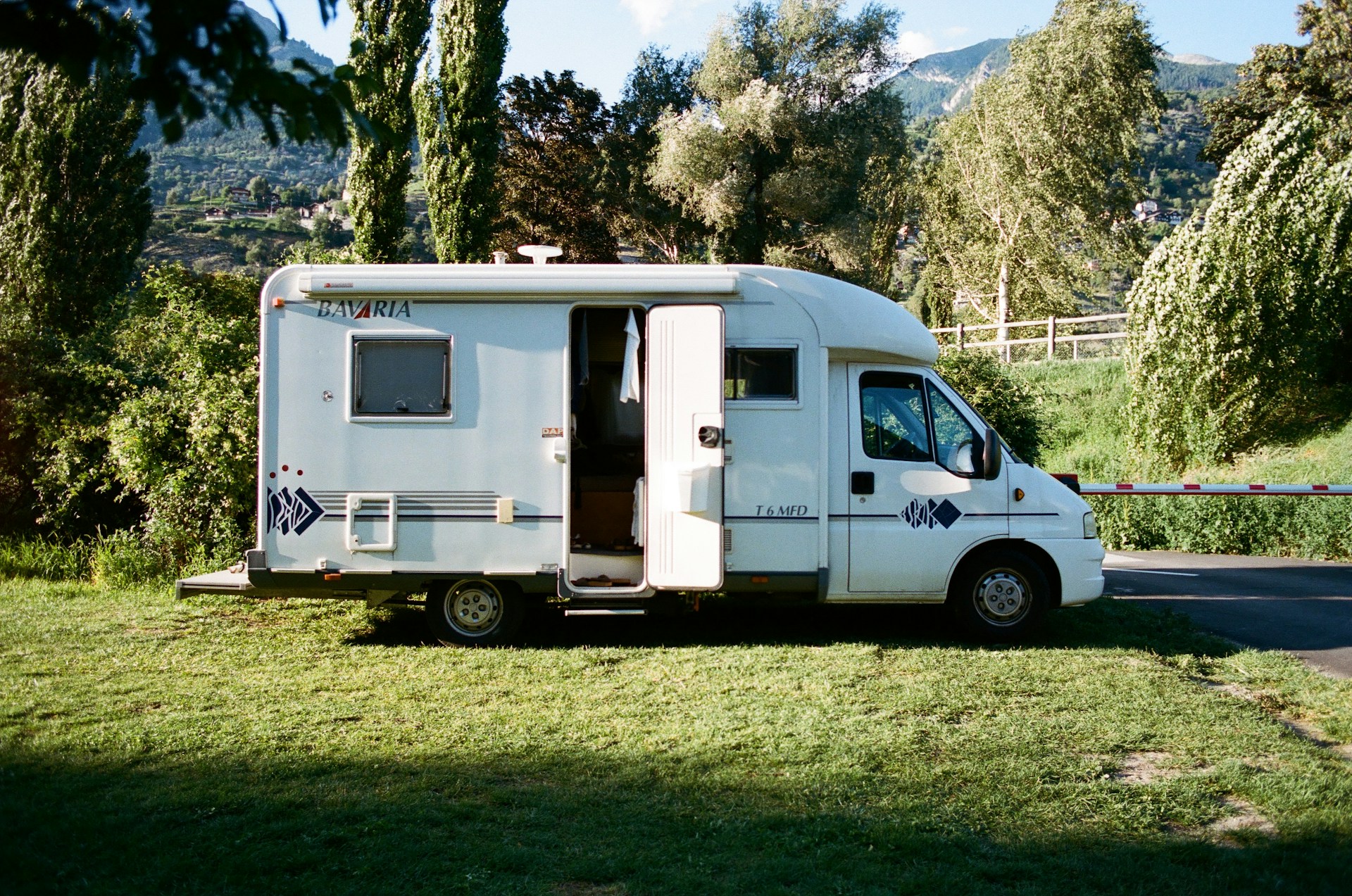Modern camper van owners are increasingly turning to hybrid electrical setups that combine the strengths of traditional systems with the convenience of portable power stations. While traditional systems offer more permanent, high-capacity solutions, portable power stations provide flexibility, mobility, and ease of use. Integrating a portable power station into your existing electrical setup allows you to enjoy the best of both worlds—maximizing your energy options whether you’re on the road, off-grid, or at a campsite.
Why Integrate the Two Systems?
The primary reason van lifers choose to integrate portable power stations into their camper van electrical systems is flexibility. Traditional electrical systems are typically fixed installations, which means they rely on roof-mounted solar panels, the van’s alternator, and a hardwired inverter system. While highly effective, they lack the mobility that portable power stations provide.
On the other hand, portable power stations are compact, all-in-one units containing a lithium battery, inverter, and solar charge controller. They can be charged via solar panels, wall sockets, or 12V vehicle ports. By integrating one into your traditional system, you gain an independent backup energy source, extra power for high-demand situations, and a quick and easy way to extend your off-grid time.
Basic Integration Approaches
There are several ways to integrate a portable power station with an existing system, depending on how much control and automation you desire. The simplest method is to use the portable station as a standalone backup, only plugging it in when extra power is needed. For example, if your main system runs low on charge, you could switch over to using the portable unit to power your fridge, lights, or electronics.
A more advanced method involves using the portable power station as a supplementary battery. This can be done by connecting the station to the van’s 12V system via a regulated power input (like an Anderson plug or 12V DC port) or wiring it to receive solar input from existing roof panels. Many portable units support solar charging via MC4 connectors or proprietary ports, making them adaptable to existing panel setups.
Charging and Power Sharing
One of the main challenges when integrating the two systems is managing charging and load sharing. Most portable power stations have built-in MPPT charge controllers, so when using existing solar panels, it’s crucial not to send pre-regulated power to them. Instead, you’ll want to provide raw solar input, bypassing the traditional system’s solar charge controller, to allow the portable unit’s controller to function correctly.
You can also charge the portable power station from your main battery system using a DC-DC converter or by plugging it into a 12V socket. Be cautious here—charging from your main batteries will drain them unless the van is running or a solar source is replenishing the power. This strategy works best when you’re driving and the alternator is providing current.
To share power from the portable station to the main system, some owners use an inverter to convert DC to AC and then plug the AC into a battery charger connected to the main battery. While not the most efficient method due to energy losses in conversion, it works in emergency situations or when camping without direct sunlight.
Use Cases for Hybrid Systems
There are many scenarios where a hybrid power setup shines. Suppose you’re camped in a shaded area and your roof-mounted solar panels can’t generate enough power. A portable station with a moveable solar panel can be placed in direct sunlight for charging. Or perhaps your family is using more devices than usual—running a blender, charging phones, and powering lights. The portable station can cover the surge in demand.
Hybrid setups also come in handy when you want to explore away from the van. Take the portable power station with you to charge electronics at the beach, run a small cooler during a hike, or power a laptop while working remotely outside the van.
In the middle of these evolving energy needs, Vanstyle has become a trusted hub for accessories and upgrades that support both traditional and modern power systems, helping camper van owners find efficient and practical solutions for their travels.
Safety and Considerations
When integrating systems, safety is key. Always follow manufacturer guidelines for both your traditional system and portable power station. Avoid mixing incompatible voltages or connecting devices in a way that might bypass built-in protections. Using fuses, regulators, and quality connectors is essential to prevent short circuits or overheating.
Also, be aware of the total power draw from both systems. Even though combining them gives you more power, you still need to monitor usage to avoid overloading either source.
Wrapping Up
Combining a portable power station with a traditional camper van electrical system can significantly boost your energy capacity, improve redundancy, and increase convenience. With thoughtful integration, the two systems can complement each other beautifully, offering more freedom and peace of mind whether you’re traveling for a weekend or living on the road full-time.
Hybrid systems offer the best of both worlds—and with the right tools, planning, and support, they can transform your camper van into an even more versatile and self-sufficient adventure vehicle.
